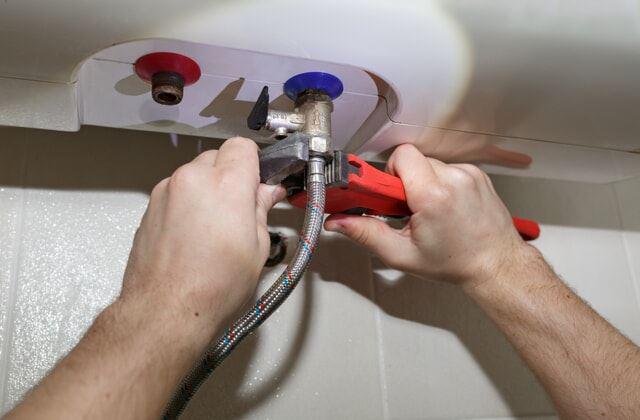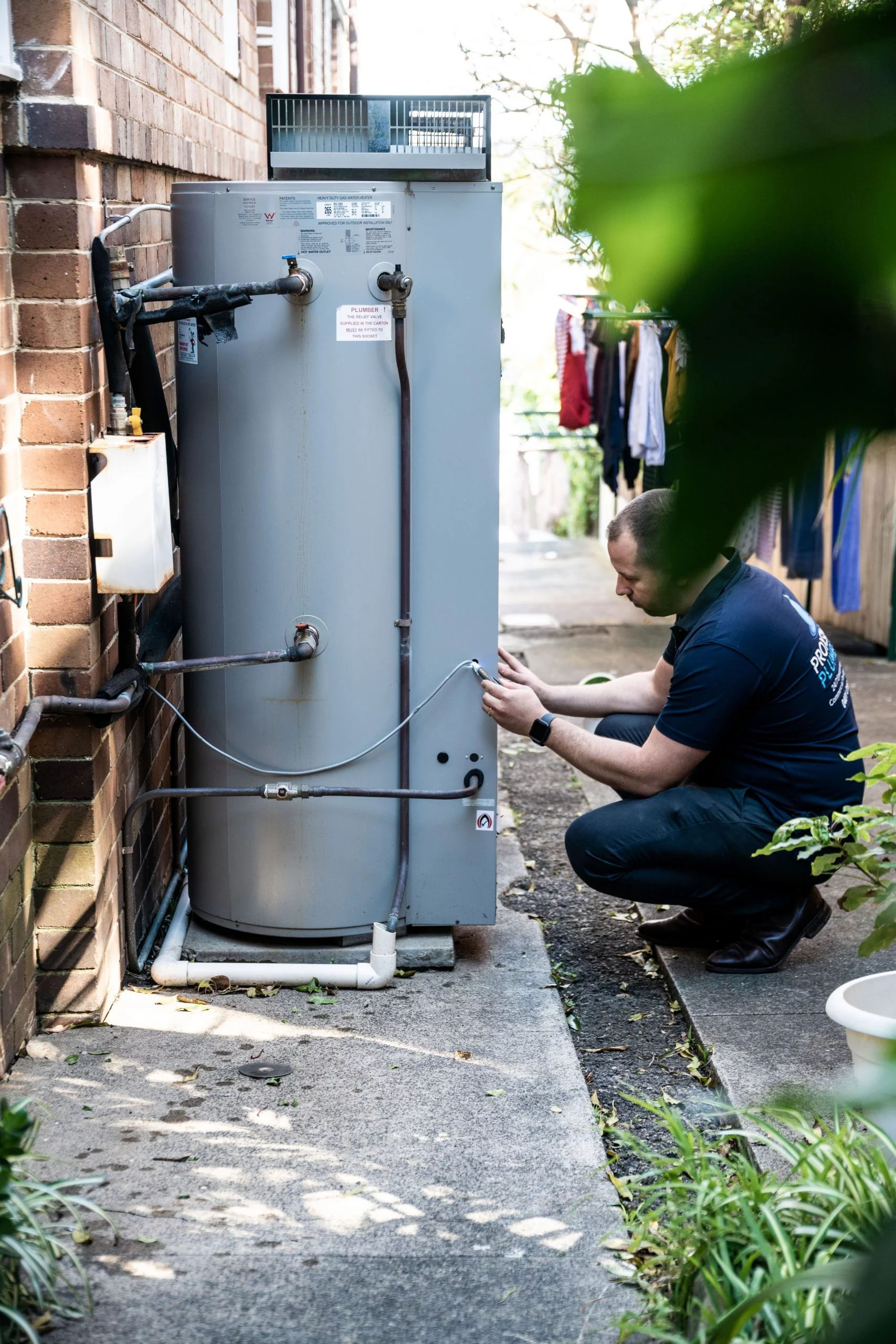Nearly everybody has got their own assumption on the subject of Water Heater Maintenance Tips You Can't Afford to Forget.

Hot water is crucial for everyday convenience, whether it's for a revitalizing shower or cleaning dishes. To guarantee your hot water system runs efficiently and lasts longer, regular maintenance is crucial. This short article gives functional ideas and insights on exactly how to preserve your home's warm water system to stay clear of disruptions and pricey repair work.
Introduction
Keeping your home's hot water system could appear challenging, yet with a few basic steps, you can guarantee it runs smoothly for years ahead. This overview covers everything from understanding your hot water system to DIY maintenance pointers and knowing when to contact specialist help.
Relevance of Maintaining Your Warm Water System
Normal maintenance not just extends the life-span of your hot water system but also guarantees it runs effectively. Ignoring maintenance can bring about reduced effectiveness, higher energy expenses, and even premature failure of the system.
Indications Your Warm Water System Needs Maintenance
Understanding when your warm water system needs interest can protect against major problems. Keep an eye out for indicators such as inconsistent water temperature, unusual sounds from the heating system, or corroded water.
Purging the Water Heater
Flushing your hot water heater gets rid of debris build-up, improving performance and prolonging its life.
Monitoring and Changing Anode Rods
Anode poles protect against corrosion inside the container. Inspecting and replacing them when worn is vital.
Complicated Issues Needing Professional Help
Instances consist of significant leakages, electrical troubles, or if your hot water heater is constantly underperforming.
Routine Expert Upkeep Advantages
Specialist maintenance can consist of thorough inspections, tune-ups, and ensuring compliance with safety criteria.
Checking and Readjusting Temperature Settings
Readjusting the temperature level settings makes sure optimal efficiency and security.
DIY Tips for Maintenance
You can execute several maintenance jobs on your own to maintain your warm water system in leading problem.
Checking for Leakages
Frequently evaluate pipes and links for leaks, as these can bring about water damage and greater expenses.
Understanding Your Warm Water System
Prior to diving into maintenance jobs, it's useful to comprehend the basic components of your warm water system. Typically, this includes the water heater itself, pipelines, anode poles, and temperature level controls.
Monthly Upkeep Tasks
Normal month-to-month checks can assist catch minor issues before they escalate.
Testing Pressure Alleviation Valves
Testing the pressure safety valve guarantees it functions correctly and avoids extreme stress build-up.
Shielding Pipes
Protecting warm water pipelines lowers warmth loss and can save power.
When to Call a Professional
While DIY upkeep is valuable, some problems require professional knowledge.
Verdict
Regular upkeep of your home's hot water system is essential for effectiveness, long life, and cost savings. By complying with these pointers and knowing when to seek expert assistance, you can make certain a dependable supply of hot water without unforeseen disturbances.
How to Maintain an Instant Hot Water Heater
Before tinkering with your hot water heater, make sure that it’s not powered on. You also have to turn off the main circuit breaker and shut off the main gas line to prevent accidents. Also turn off the water valves connected to your unit to prevent water from flowing into and out of the appliance. 2. When you’re done, you have to detach the purge valves’ caps. These look like the letter “T†and are situated on either side of the water valves. Doing so will release any pressure that has accumulated inside the valves while at the same time avoid hot water from shooting out and burning your skin. 3. When the purge valves’ caps are removed, you have to connect your hosing lines to the valves. Your unit should have come with three hoses but if it didn’t, you can purchase these things from any hardware or home repair shops. You can also get them from retail stores that sell water heating systems. Read the user’s manual and follow it to complete this task properly. When the hosing lines are connected, open the purge port’s valves. 4. You should never use harsh chemical cleaners or solutions when cleaning your unit. Make use of white vinegar instead. It should be undiluted and you’ll probably use about 2 gallons. 5. Now flush your water heater. This task should probably take about 40 minutes. We can’t give you specific directions for this because the procedure is carried out depending on the type, model and brand of your heater. With that being said, refer to the user’s manual. 6. When you’re done draining the unit, you have to turn off the purge port valves again. Remove the hosing lines that you earlier installed on each of the water valves. Put the valve caps (purge port) back in their respective places and be very careful so as not to damage the rubber discs that are found inside these caps. 7. Now that everything’s back in place, check your user’s manual again to find out how to reactivate your water heating system. 8. Once it is working, turn one of your hot water faucets on just to let air pass through the heater’s water supply pipes. Leave the tap on until water flows smoothly out of it. https://www.orrplumbing.com/blog/2014/september/how-to-maintain-an-instant-hot-water-heater/

As a reader about Tips on Maintaining a Water Heater, I assumed sharing that post was worthwhile. Be sure to pause to distribute this page if you enjoyed reading it. We thank you for your readership.
Call Today